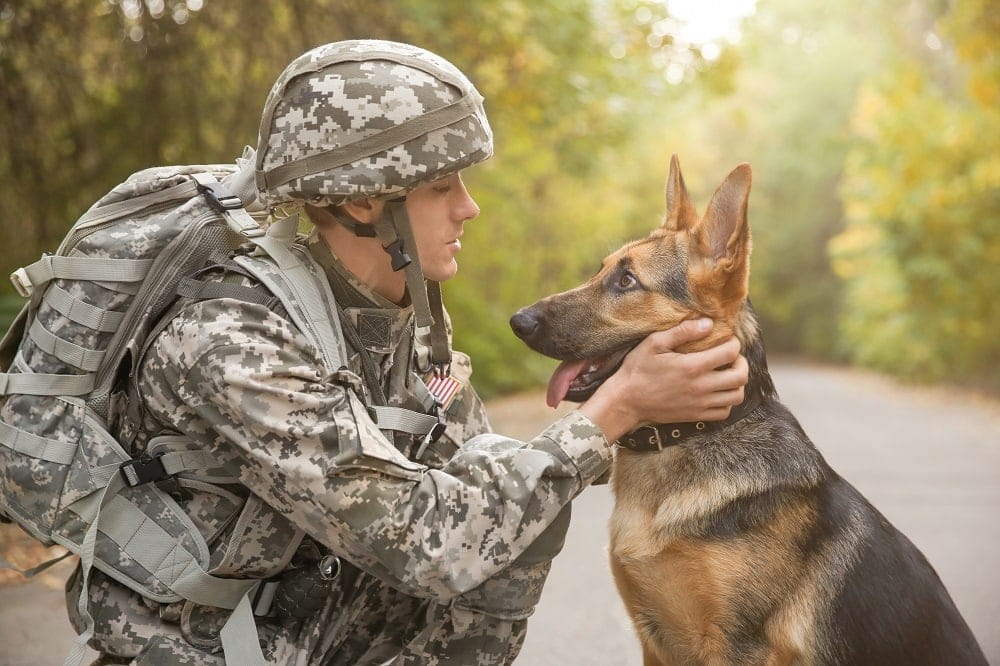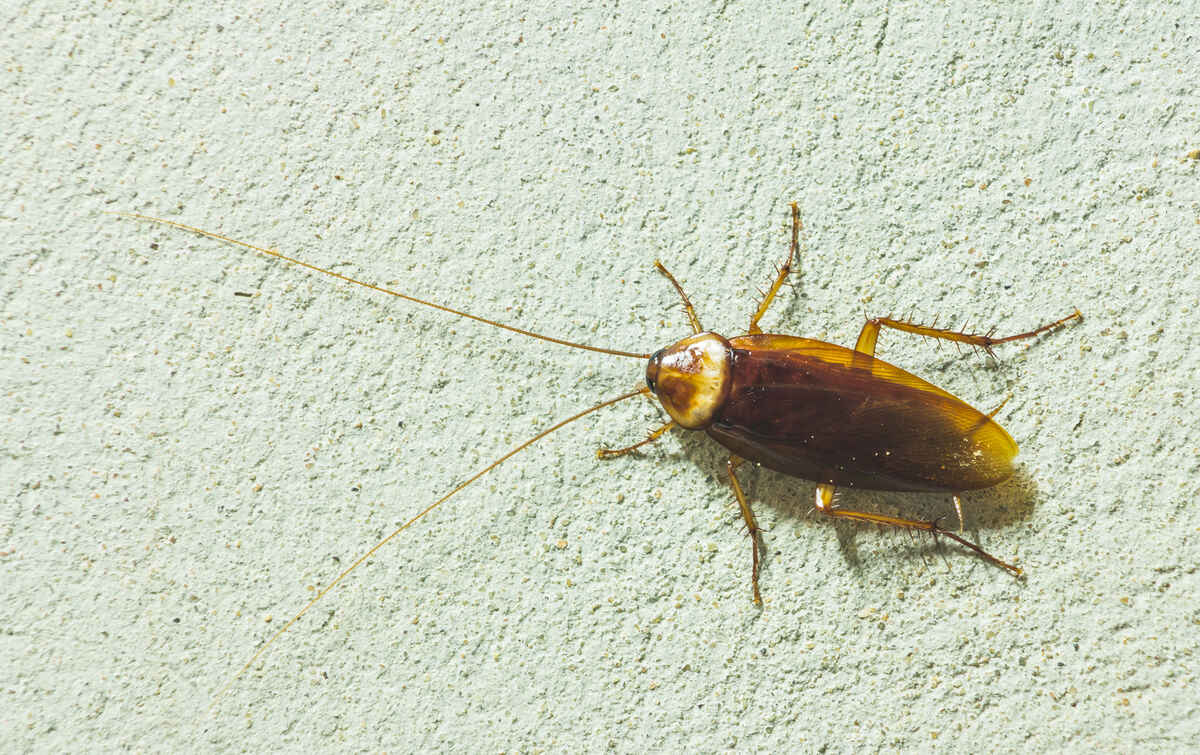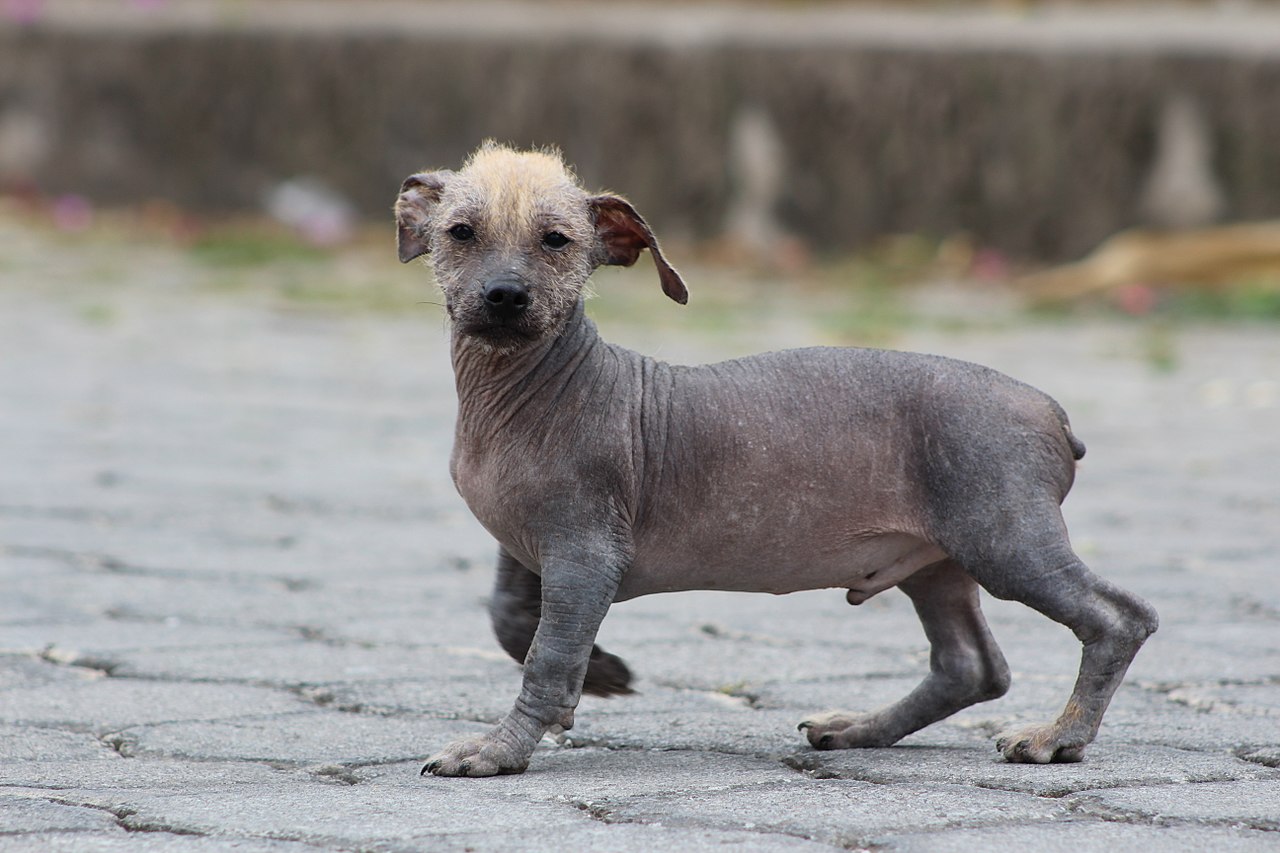Are you interested in cropping your dog’s ears? Have you ever thought about turning those droopy ears into ferocious, fear-inducing pointed tips? Would you like to know the implications of ear cropping? Then, you’re in the right place. About 20 dog breeds commonly get their ears cropped every year. But before you pick up the phone and schedule that vet appointment, hear us out. We want to explain a little more about ear cropping and why it’s bad.
Important note: Dogster does not support ear cropping. This procedure is illegal in many countries around the world, including the UK, Australia, New Zealand, South Africa, and most European countries.
Why Do People Crop the Ears of Dogs?
Ear cropping in dogs has become quite a controversial subject amongst dog owners. People don’t understand why anyone would crop their dogs’ ears, but it wasn’t always so black and white.
In the past, some dog owners cropped their dog’s ears for practical reasons. Cropping a dog’s ears equaled better hunting performance because droopy ears snagged on foliage. Prey animals could easily grasp a hold of a dog’s long ears, too. There was also the idea that cropped ears lead to fewer ear infections (although there’s no proof this statement is true).
Likewise, cropped ears made a dog appear more aggressive and dominant.¹ How can anyone resist a dog with floppy ears?
Nowadays, people crop their dog’s ears for cosmetic reasons. They want their dogs to have the defining features set before them by other dogs. For instance, Doberman Pinschers¹ with cropped pointed ears.
Dog owners who register their dogs in shows may also crop the ears. Many dog shows see it as a way to preserve the breed and its history.

Why Is Ear Cropping Bad?
The biggest problem with cropping a dog’s ears is that it is an unnecessary cosmetic surgery with potential negative outcomes for them. Not only is it a stressful and painful experience for the dog, but it also impacts their ability to communicate with other dogs and people. Even when performed by an experienced surgeon and anesthetist, there are still dangers and risks associated with surgery and anesthesia. Dogs undergoing this surgery may need to have their ears bandaged or taped for days to months, meaning that not only will they suffer pain for weeks, but they will not be able to socialize normally because many will have to remain isolated and restricted in their movements.
On top of this, postoperative complications may arise, resulting in infections and distorted shape, leading to further treatments and surgeries.
Puppies that have had this surgery usually need a minimum of 4 to 6 weeks to heal, although it can take several months for the ears to fully heal. Not only does this expose your dog to a risk of bleeding, but it could have them in pain for long periods of time. Again, why put your beloved dog through this uncomfortable experience for no beneficial reason? Some may argue that dogs with floppy ears need it done to prevent ear infections. However, this has no scientific support whatsoever.
The bottom line is that ear cropping is an unnecessary cosmetic surgery with severe health implications for dogs that is carried out to modify their appearance to match people’s desired image.
How Does Ear Cropping Work?
Ear cropping is a surgical procedure that involves the removal of part of the ear flap. Surgery must be performed under general anesthesia by a veterinarian who has the necessary skills. It is an elective cosmetic surgery with no veterinary medical purpose.
The Procedure
Ear cropping is performed in some countries in puppies between 6 and 12 weeks of age, depending on the breed. The surgery must be done before the cartilage acquires its shape and permanent position, which happens at around 4 months of age.
To achieve the desired look, a dog has to undergo a surgical procedure to remove part of the ear flap. This involves removing cartilage and skin, cutting through blood vessels and nerve endings, and suturing the final wounds. After the surgery, the dog’s ears are taped to a hard surface to heal in an upright position.
Recovery
Full recovery can take up to several months, but this can vary depending on the operation’s success.
The surgery must be done under anesthesia because it is an extremely painful procedure. During the postoperative period, dogs receive painkillers and antibiotics to reduce pain and infection.
Sutures are typically removed after 14 days. After surgery, dogs need their ears posted and/or wrapped for the cartilage to heal in the proper position. They also need to maintain restricted activity and sometimes isolation. Dogs may need another appointment to re-bandage the ears if they get wet or fall off.
If the ears aren’t wrapped and posted correctly, or the bandages don’t hold, the ears could heal abnormally, leaving the ears malformed forever.
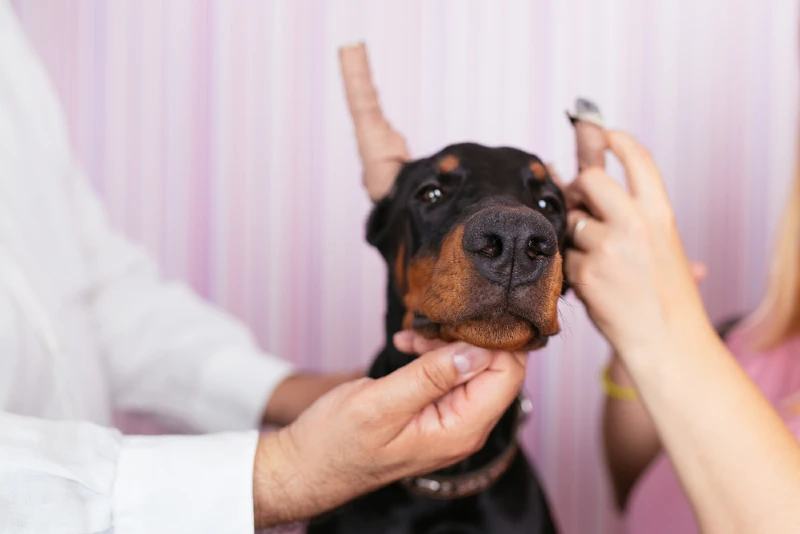
Do Dog Shows Allow Ear Cropping?
The American Kennel Club (AKC) doesn’t accept physical changes to breeds outside the standards for the breed. Ear cropping and tail docking have been a common practice in specific breeds for many years. For this reason, many dog shows still uphold the tradition.
The American Kennel Club made a press release in 2008 about the issue.
“The American Kennel Club recognizes that ear cropping, tail docking, and dewclaw removal, as described in certain breed standards, are acceptable practices integral to defining and preserving the breed character and/or enhancing good health. Appropriate veterinary care should be provided.”
So, ear cropping is not only allowed but it’s also considered a standard for specific breeds. The American Kennel Club does emphasize that the procedure should be done by a practicing veterinarian. Dog owners or dog breeders should never crop dogs’ ears themselves.
Can Purebreds Compete Without Cropped Ears?
The AKC does not require cropped ears in their purebred shows. They acknowledge that each dog has the potential to win regardless of if their ears are cropped.

Disadvantages of Dog Ear Cropping
The disadvantages of ear cropping are many. Let’s take a look.
Frequently Asked Questions (FAQs)
Do vets recommend ear cropping?
The American Veterinary Medical Association (AVMA) and other important veterinary associations worldwide lean against ear cropping.
Does cropping a dog’s ears actually help?
There is no sufficient evidence that cropped ears improve hearing or reduce ear infections.
Are there different types of ear cropping?
Yes, there are different types of ear crops, and each one depends on the dog’s breed standards. Even so, each style undergoes the same procedure.
How can I crop my dog’s ears at home?
You should never crop a dog’s ears yourself. Ear cropping is a surgical procedure that must be performed under anesthesia, by a qualified veterinarian and under strict sterile conditions.
What are the risks of ear cropping?
Cropped ears can become infected if complications arise during the postoperative period. If the ears aren’t set correctly, they can heal in an unpleasant permanent position. Your dog will lose an essential means of communication.
How much does ear cropping cost?
Ear cropping ranges from $200 to $800, depending on the clinic, surgeon, and breed of dog.
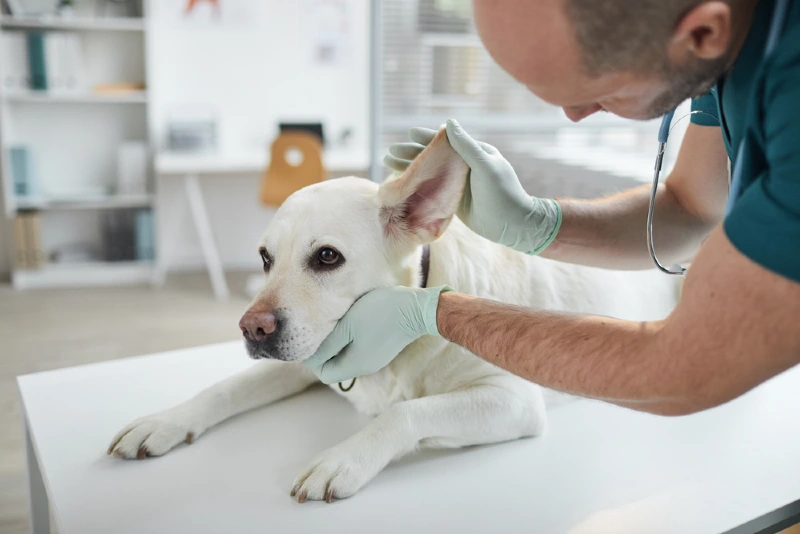
Final Thoughts
Do you still think ear cropping is worth it? If you do, we won’t judge. We only want to inform you of all the implications of ear cropping.
If you choose to crop your dog’s ears, ensure you visit a qualified veterinarian and check that it’s legal in your area. Some breeders may offer to crop your dog’s ears, but remember that ear cropping is a surgical procedure that can only be carried out by a veterinarian. Sadly, many puppies have their ears cropped by breeders or lay-people with no medical training, using implements such as kitchen scissors and knives. This puts puppies through extreme pain and high risks of complications. If you don’t want to have your dog’s ears cropped, be sure to tell your breeder this early on, before the pups are 4 weeks old. Whatever you decide, ensure your pet’s best interests are in mind.
Featured Image Credit: otsphoto, Shutterstock
Contents
- Why Do People Crop the Ears of Dogs?
- Why Is Ear Cropping Bad?
- How Does Ear Cropping Work?
- Do Dog Shows Allow Ear Cropping?
- Can Purebreds Compete Without Cropped Ears?
- Disadvantages of Dog Ear Cropping
- Frequently Asked Questions (FAQs)
- Do vets recommend ear cropping?
- Does cropping a dog’s ears actually help?
- Are there different types of ear cropping?
- How can I crop my dog’s ears at home?
- What are the risks of ear cropping?
- How much does ear cropping cost?
- Final Thoughts







